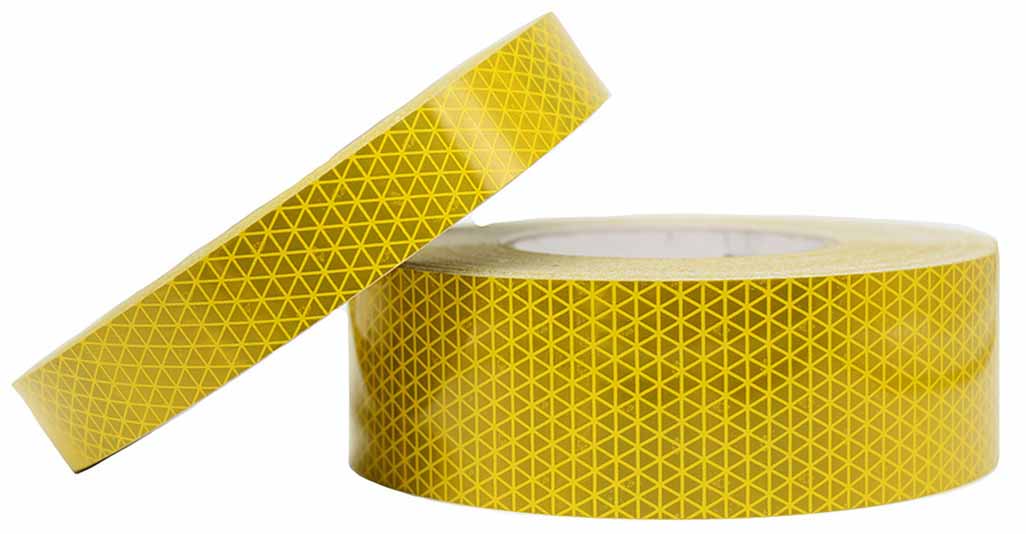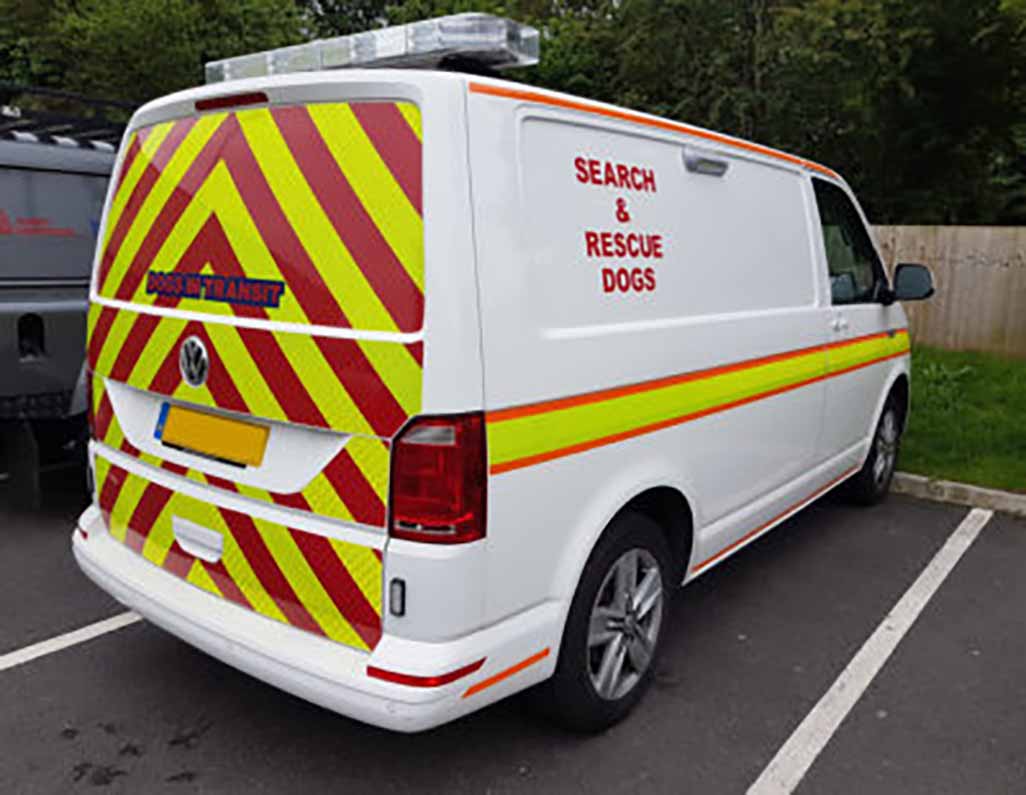As we can see traffice police everyday, they wear safety reflective vest when they work. Today, we want to explain everything you need to know about reflective tape, including the relevant regulations.
What is reflective tape and how does reflective tape work?
Reflective tape is an essential vehicle safety product. Also known as vehicle contour or conspicuity tape, it improves safety by making the edges of large vehicles more obvious to other road users, reducing the risk of accidents and their severity.
Retroreflective tape works by sending light directly back to its source, making it clearly visible, and is arranged so as to delineate the outline of the large object in question. Reflective tape can be air-celled or solid construction, with the latter proving the most durable, long-lasting option.

High quality reflective tape has a multitude of uses. Whilst it is most commonly used for the delineation of HGVs, trailers, and emergency vehicles, it is also commonly applied to PPE to protect the safety of those working on highways and in other areas of low visibility.
Reflective tape can also be used by cyclists, motorbike riders, and other vulnerable road users to increase their visibility. Some people also choose to use reflective tape on parts of a property that might be hard to make out. For example, around gateways and driveways to make any obstacles more easily discernible in the dark.

